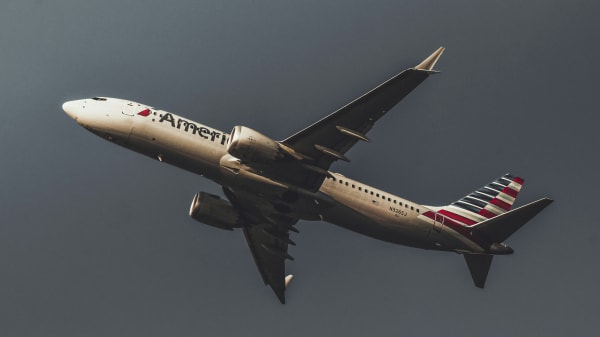Understanding the Role of HR in Aviation Hiring
The role of human resources (HR) in the modern corporate world has transformed significantly over the last few decades. While HR was once looked upon merely as an administrative function, it is now considered a strategic partner that contributes to an organization’s overall success. This shift is profoundly evident in the aviation industry, where HR plays a pivotal role in hiring the right personnel, at the right time, for the right job. In this article, we delve into the role of HR in aviation hiring.
The Significance of HR in Aviation Hiring
In the vibrant and fast-paced aviation industry, the role of HR extends beyond merely shortlisting candidates for various roles. They are pivotal in determining the competitive positioning of an airline in the vast and evolving market.
Its responsibilities include:
Identifying Talents: HR is responsible for identifying top-notch talent who can potentially drive the airline's growth and success. They need to ensure that they're hiring individuals who possess the required skills, experience, and qualifications.
Intensive Screening: The responsibility of reviewing résumés, performing background checks, and conducting initial interviews falls within the HR role. Especially in the aviation industry, in-depth screening is crucial because of the safety-sensitive nature these roles tend to hold.
Training & Development: HR professionals have to ensure continuous training and development programs for employees, which is vital in keeping up with the ever-evolving aviation technologies and regulations.
Retention Strategies: Addressing the high turnover rates prominent in the aviation industry is also part of HR's tasks. Hence, they must develop retention strategies like career development programs, employee engagement activities, and competitive benefits packages.
In short, the role of HR extends far beyond just hiring; they play a crucial part in shaping the organization’s culture, defining its policies, and ensuring its seamless functioning.
Understanding the Hiring Process in Aviation
Understanding how HR operates in aviation hiring involves exploring the various steps in the recruitment process.
Job Analysis and Descriptions
HR begins by creating accurate and detailed job descriptions. In aviation, job roles often have specific and regulatory mandated requirements, covering physical stamina, cognitive capabilities, and specific qualifications. To attract suitable candidates, job descriptions should clearly spell out such requirements.
Sourcing and Screening Candidates
HR applies various sourcing techniques to attract and find potential candidates, including digital platforms, job fairs, and recruitment agencies. After sourcing, HR screens the candidates to select the ones who meet the job requirements best.
The Interview Process
In the aviation sector, the interview process often involves several rounds. This might include initial screening interviews, competency-based interviews, technical interviews, and even simulator assessments for flight crew positions.
Selection and Induction
After the interviews, HR selects the most suitable candidates. They then proceed with pre-employment checks, contract signing, and eventually inducting the selected candidates into their roles.
The Challenges for HR in Aviation Hiring
HR professionals in the aviation industry face numerous challenges. These include ever-changing regulatory compliance, high-turnover rates, the evolving nature of skills required, and the extensive training and development required for new hires. The global reach of the aviation industry also often means dealing with international hires and diverse workforce management. Overcoming these challenges requires HR to be constantly adaptable and forward-thinking.
The Future of HR in Aviation Hiring
Current trends suggest that the role of HR in aviation hiring is set to encompass more strategic and data-driven roles. Advanced technologies, such as AI and predictive analytics, are likely to be utilized for targeted talent acquisition, performance management, and talent development.
AI in Talent Acquisition: AI can help to streamline the initial screening process, helping HR professionals filter out the most suitable candidates.
Predictive Analytics in Retention: By analyzing historical data and trends, predictive analytics can help HR professionals to identify flight risks and develop strategies to increase retention rates.
Digital Learning Platforms: In the face of constant regulation changes and technological advancements, digital learning platforms will play a huge role in keeping the workforce updated and skilled.
In conclusion, the role of HR in aviation hiring is a comprehensive one, incorporating multiple facets of employee management. By continuously evolving and integrating technology into their processes, HR professionals can ensure the continued success of their organizations in the vibrant and dynamic world of aviation. Ultimately, HR in aviation hiring is not just about filling vacancies, but about building a competent and dedicated team capable of maintaining aviation's exacting standards and rapid advancement.




